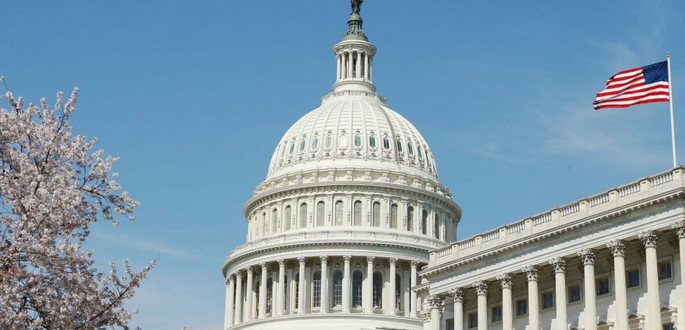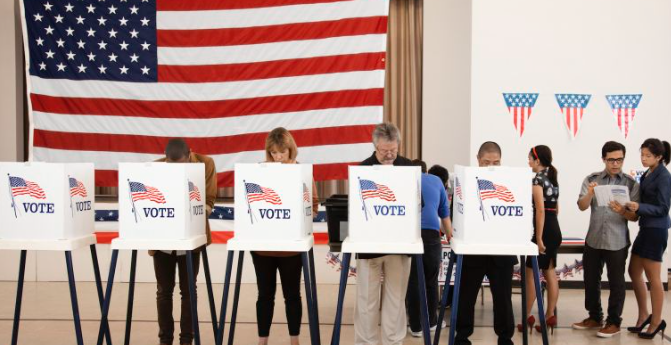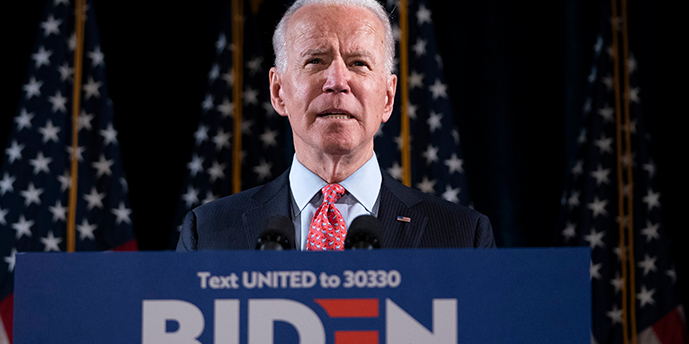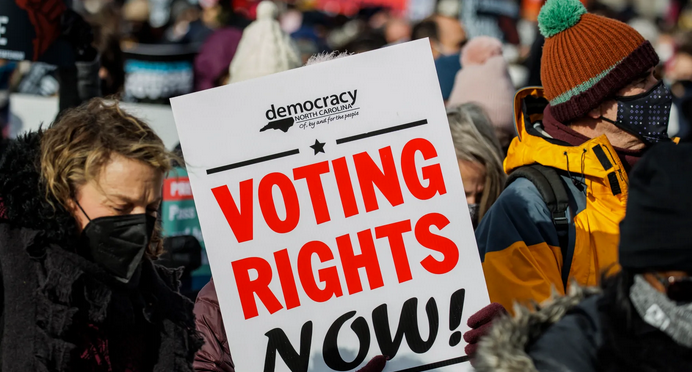State-level politics in the United States form a dynamic and multifaceted arena where governance, policy, and political culture converge. These political landscapes, encompassing all 50 states, play a crucial role in shaping the nation’s political identity and the lives of its citizens. This article delves into the intricacies of state-level politics, highlighting their significance and the various factors that influence them.
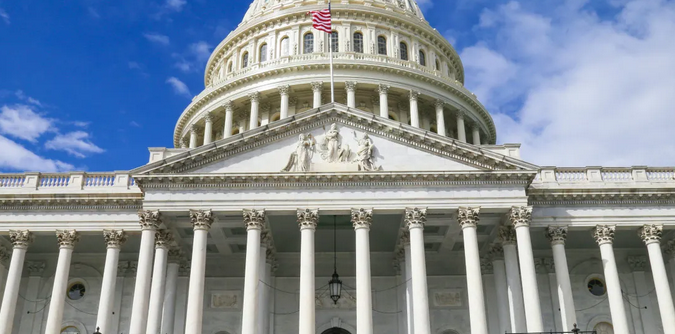
The Role of State Governments
State governments are autonomous entities with their own legislatures, executives, and judiciaries. They wield substantial authority over matters not explicitly reserved for the federal government by the U.S. Constitution. State-level politics address issues like education, healthcare, transportation, and criminal justice, which directly impact residents’ daily lives.
Legislative Powers
Each state has a bicameral legislature, except for Nebraska, which has a unicameral one. The legislative branch drafts, debates, and enacts laws specific to its state. This creates a diverse patchwork of regulations across the nation, leading to the coining of the phrase “laboratories of democracy” to describe states as testing grounds for new policies.
Executive Branch
State-level politics also encompass the executive branch, led by the governor. Governors wield considerable power, influencing policies on taxation, economic development, and emergency management. Gubernatorial elections often serve as a barometer of public sentiment and party strength within a state.
Judicial Independence
States have their own court systems, and judicial elections can play a pivotal role in shaping legal precedents and social policies.
Factors Shaping State-Level Politics
Several factors contribute to the unique political landscapes of individual states.
Demographics
Demographic diversity greatly impacts state-level politics. States with large urban populations tend to lean Democratic, while rural areas often support Republican candidates. However, this is not a strict rule, and many states exhibit a mix of political preferences.
Historical Legacy
Historical legacies, such as the legacy of slavery, have left indelible marks on some states’ politics. For example, southern states grapple with complex racial dynamics that influence policymaking and voting patterns.
Economic Factors
Economic factors, like industry composition and employment rates, can also shape state politics. States heavily reliant on agriculture may prioritize different policies than those dominated by technology or finance.
Regionalism
Regionalism plays a significant role in state-level politics. States often form coalitions with neighboring states to address common issues. The Northeast, Midwest, South, and West each have distinct regional political cultures.
Social and Cultural Values
Social and cultural values, including religion, can heavily influence state politics.
State-Level Politics in Action
Education
States have the primary responsibility for K-12 education. School funding, curriculum standards, and teacher salaries vary widely from state to state, leading to disparities in educational quality and outcomes.
Healthcare
State governments play a pivotal role in healthcare policy, with some expanding Medicaid under the Affordable Care Act (ACA) and others declining to do so. This has far-reaching consequences for healthcare access and affordability.
Criminal Justice
These decisions influence incarceration rates and efforts to reform the justice system.
Taxes and Budgets
State-level politics dictate taxation policies, budget allocations, and infrastructure spending. States with diverse economies often have complex tax codes reflecting the needs of various industries.
Environment and Energy
States have distinct environmental priorities and regulations. Some prioritize renewable energy, while others rely heavily on fossil fuels, leading to differing approaches to climate change and energy policy.
Challenges and Opportunities
State-level politics present both challenges and opportunities for American democracy.
Challenges
- Policy Inequality: Differing state policies can create inequalities, as residents in one state may enjoy better access to education, healthcare, or social services than those in another.
- Political Gridlock: State-level politics can also experience gridlock, hindering progress on critical issues when partisan divides stall legislative processes.
Opportunities
- Innovation: States serve as laboratories for policy experimentation, allowing innovative solutions to emerge and potentially inform national policy.
- Local Representation: State governments provide a level of local representation and autonomy, allowing states to tailor policies to their unique needs.
In conclusion, state-level politics in the USA offer a rich tapestry of governance and political culture. The diversity of these political landscapes reflects the nation’s complex identity and its commitment to democratic principles. Understanding state-level politics is essential for comprehending the intricate web of governance that shapes the lives of millions of Americans across the country.

